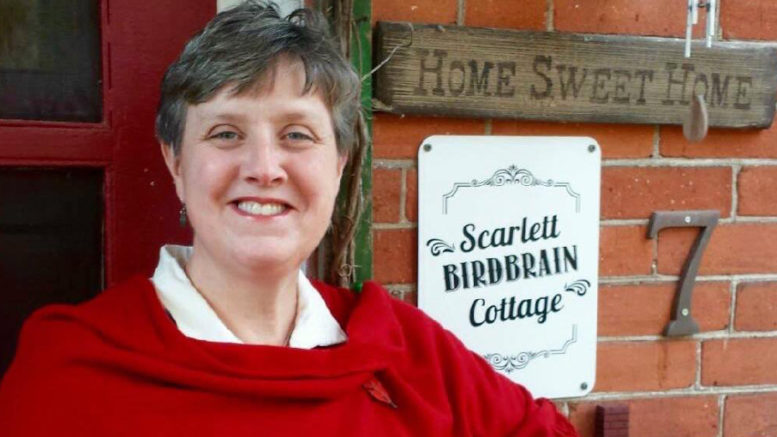The kitchen is warm and bright as brilliant beams of sunlight gleam through the windowpanes on an otherwise cold February afternoon. The dogs, already walked, now drowsily lie sprawled in front of the crackling fire, guarantying at least a short spell of peace and quiet. Suppertime isn’t for a few hours yet, thus lying before me a blissful afternoon of one of life’s fundamentally most satisfying tasks.
The soothing strains of Mozart play quietly in the background as I wash my hands with fragrant oatmeal-honey soap and don my favourite apron — navy blue with tiny, pink flowers, a gift from my mom. Now that the atmosphere is just right, I’m about to begin my afternoon commission, baking bread.
First, the yeast must proof in the warm, sugary water. As it begins to bubble and froth, I’m assured it’s still active and will leaven my bread accordingly. Yeast for breadmaking is an airborne organism some clever soul has captured and packaged, for ease of baking. Next, I precisely measure flour and salt into my large, round, red bowl, making an indentation in the centre, for adding warm water and my fermented, yeasty mixture, blending it together with first a wooden spoon and then my hands.
Mixing and kneading bread is a meditative experience, as the warm dough squeezes between my fingers like soft, oozy clay, until it forms a pliable, supple ball. Using the heel of my hand, over and over I rhythmically fold it, pushing it in on itself, until its smooth and elastic.
I can’t imagine a more therapeutic stress reliever. There must be a study somewhere directly corelating decreased stress, with baking bread. I must look! The kneading is necessary, to evenly distribute the yeast throughout the dough. Once it’s the desired consistency, I roll the rounded blob in my buttery bowl, like handling a baby, deliberately but delicately, to coat it and keep it from cracking. Then gently I cover it with a tea-towel, leaving it on the stove-top to rise.
When I began researching the topic of bread and just how long humans have been chowing down on this staff of life, the older it got. It seems our ancient, hunter-gatherer ancestors, forgot to sweep their kitchens as charred crumbs of flat bread have been found at archeological sites, in the Black Desert, in Jordan, dating back 14,600 years. A bit of trivia: The inner part of the loaf contained in the crust, is the crumb, not taking much of a stretch, as to where crumb(s) originated from.
Bread associated with agriculture in Europe and Turkey, as old as 9,100 years, has also been discovered. Now that’s some kind of stale bread! In our home Randy’s the “bread police,’ ensuring it doesn’t get moldy. Admittedly, he’s discovered more than a few disgustingly green, hairy loaves, at the back of the bread box, but a few weeks at best, certainly not thousands of years.
Roman author and philosopher Pliny the Elder was the first to report film skimmed off beer (barm), to be used as a leavening agent, in bread-making in the first century. In medieval Europe, a stale piece of bread, called a “trencher,” was used as an absorbent plate, with the meal served on top. Once finished eating, it was often given to the poor or fed to the dogs. Yummy!
My dough has now more than doubled in size, so I punch it down and knead it again. A few more soothing moments are spent, as I work with the silky, malleable wad until I’m finished shaping it into loaves, setting them aside again for another shorter rise. Then, they’re popped into the oven, until the crusts are golden brown and they sound hollow when tapped on.
For generations the preference among the rich was white bread, with dark bread being consumed by poorer citizens. This changed in the 20th Century, when it was discovered the superior nutritional value of whole-grain bread and things reversed. It seems those less fortunate, were always getting the shaft. When bread was made in stone ovens, in the 1600s, the bottoms of loaves would be covered in ash and soot. The bottom crusts were fed to the destitute, while the wealthy consumed the “upper crusts.” Hmm! During Second World War rationing, it was prohibited to sell fresh bread, as it was deemed too tasty and tempting to consume too quickly.
With a satisfying crunch, I saw into the sturdy loaf, carving off a slice, leaving a tidy pile of crumbs on the wooden board. The rich, yellowy butter makes soft ripples and peaks on the crumbly surface, as I gently spread it with my knife. Finally, the moment of truth and it’s as delectable as imagined, elevating my day from mediocre to sublime.
– Laurie Snider

